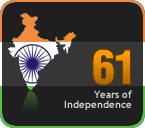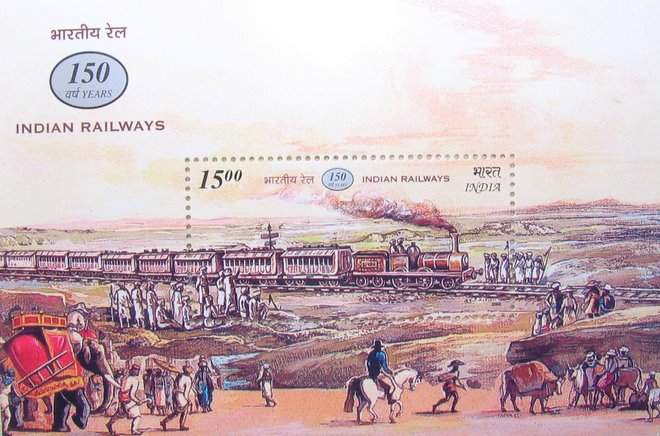I have always believed in consistency & I consistently scored dismally in History. And other subjects. But History in particular was something I simply "Didn't get". And it still confuses me. During the time I was in school, we refered to the uprising of 1857 as the "Mutiny of 1857". The struggle for independence - so we were taught - only began in the began in the 1900's with the call for "swaraj" by Tilak.
But today, any mention of the word "mutiny" is reacted to with great outrage & blogger effigies are burnt on the roads. It has been established beyond reasonable doubt that the war for independence truly began in 1857.
To remove any lingering doubts among the cynics, the India post came out with a surprise release titled " 1857 - The First war for Independence "
Reagrdless of the politics of it all, the uprising of 1857 was certainly an event that changed the course of the country. Practically every part of the country under the contol of the East India Company rose up in arms and the conflict was brutal. The Miniature sheet shows the artists impression of the battles at Kanpur & Lucknow.
The Kanpur (Cwanpur) mutiny was a turning the notions of the british public firmly against the Indians. In Kanpur, The British men & women were killed after they had surrendered to the army of Nana Sahib.
The seige of Lucknow was probably the most famous of the uprising. The british Commisrner resident of Lucknow managed to fortify about 1700 soldires inside the residency & after 90 days of the seige, the soldires were reduced to less than 300. In September 25, the first british troops managed to get through the seige, led by Havelock, but as they could not break out, they joined the residency under the seige. The Seige was finally lifted in November by another british Column under Colin Campbell.
The book "Freedom at midnight" tells us that throughout the seige of Lucknow, the Union Jack kept flying on the flag mast of the Residency to signal any approaching relief column that the british still awaited them. Due to this, even after the British supressed the Indians, the flag was kept flying to honor the dead. In the whole of the British Empire, when all Flags were pulled down at Dusk, this was the only Union jack that was kept Hoisted. The story goes that on indepndence, the British Engineers, cut down the Flag Mast & poured cement in the foundation. No Other flag would fly where the Lucknow Union jack Flew.











No comments:
Post a Comment